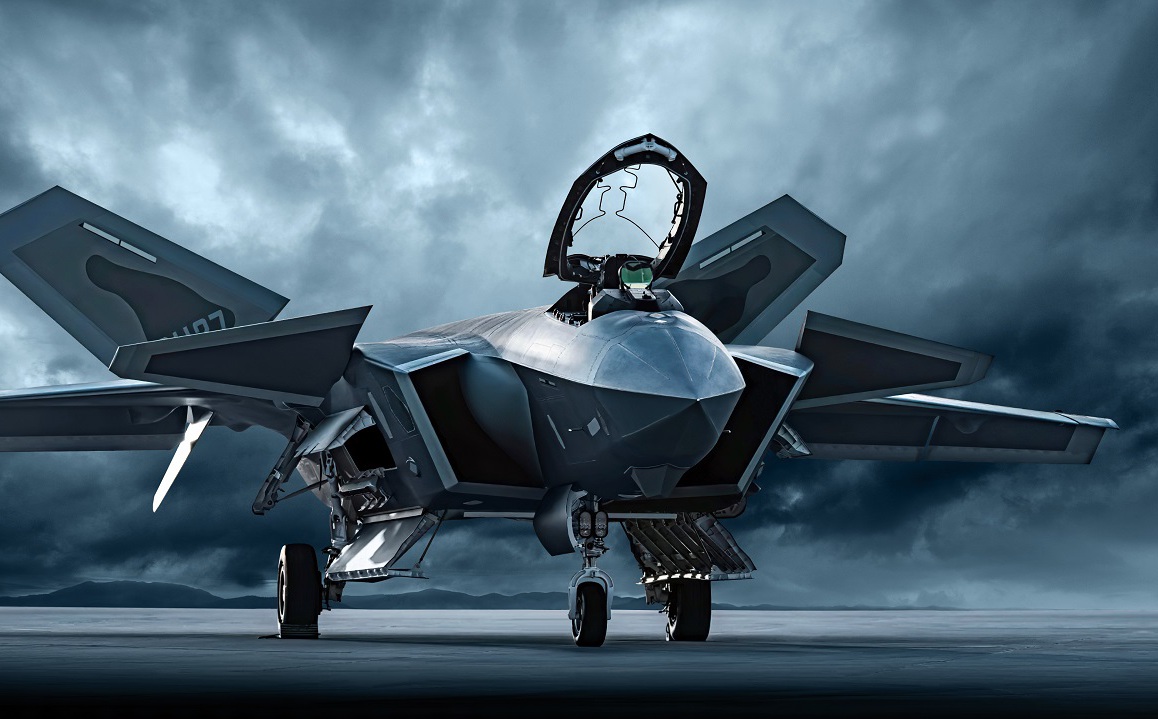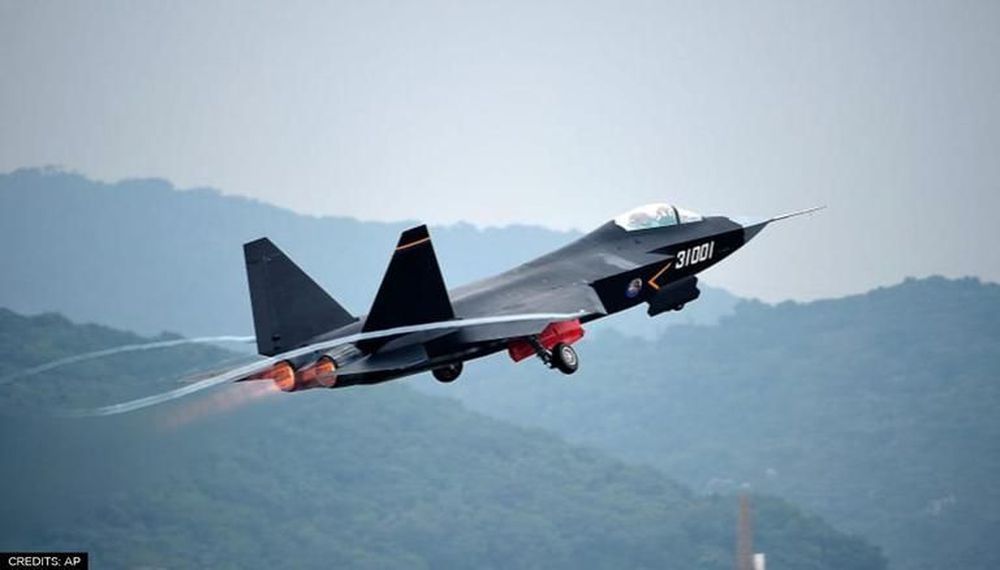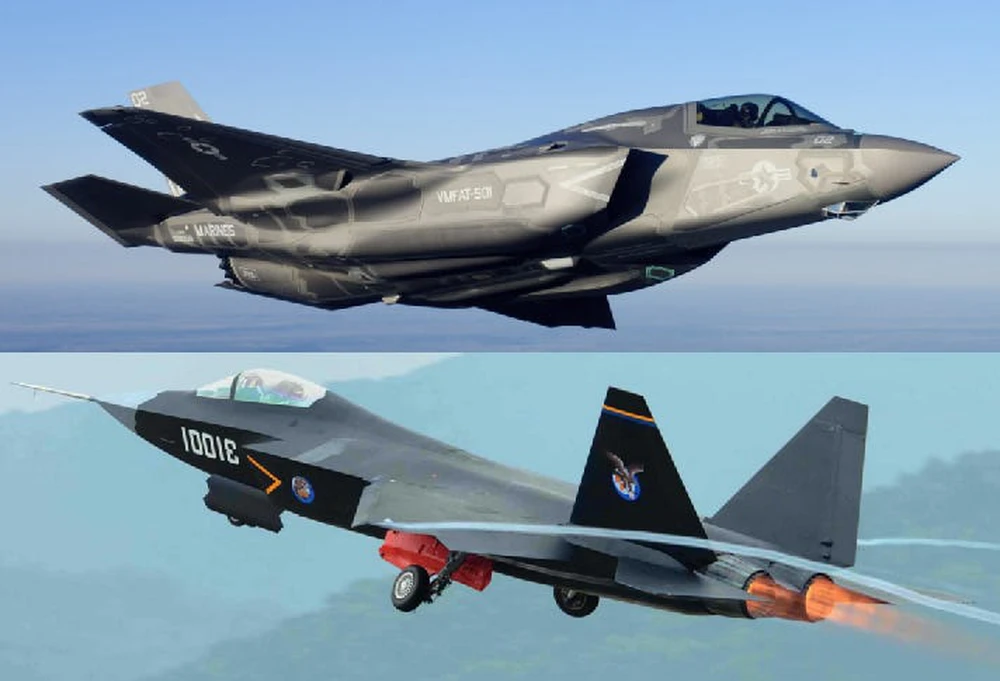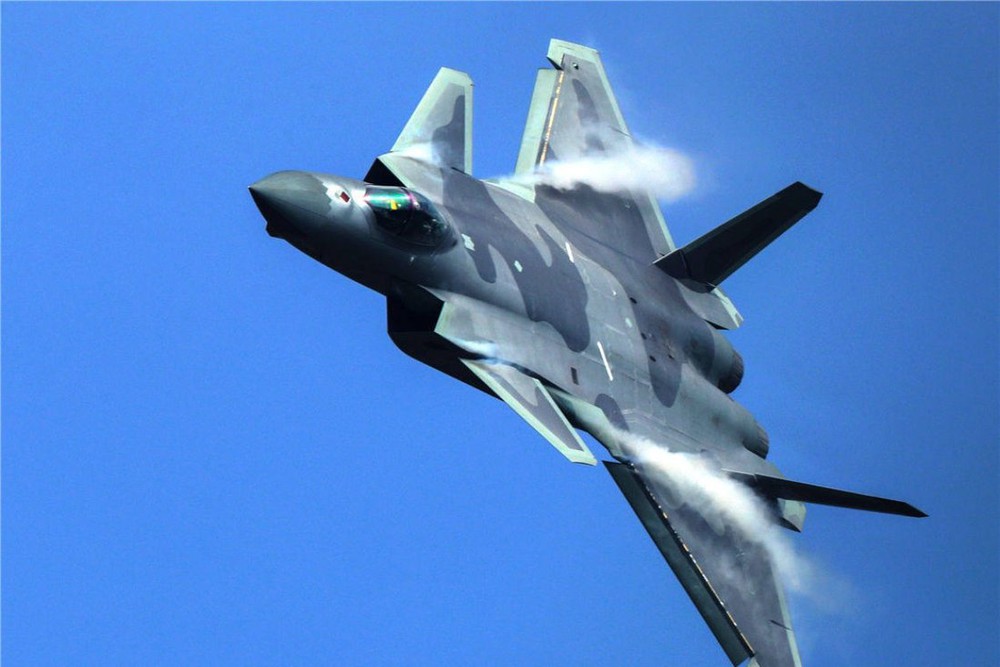
(Country) – In the past, there has been a lot of information suspecting that China “stealed” design details from the US F-22 Raptor and F-35 Lightning II fighter jets.
Ambition to “match the throne” with the US and the West
China is now stepping up its ambitions to become a true global superpower. However, can the country really build a 6th generation fighter to serve that purpose?
To this end, China has sought to build a world-class “blue water” navy capable of projecting power in the Indo-Pacific region and beyond.
Similarly, Beijing has also relentlessly focused on developing a domestic aircraft program that is not dependent on previous Russian or Soviet designs.
The J-31 (FC-31 Gyrfalcon), a twin-engine fifth-generation fighter jet, although still at the prototype stage of development, is a prime example of this ambition.

China’s J-31 stealth fighter
There are reports that China is still looking to become one of the few countries developing sixth-generation fighter jets.
Given the fact that other pioneering military powers are still in the early stages of this program, China will probably face too many difficulties ahead.
Just last week, at the Farnborough International Air Show, the British Ministry of Defense announced that a demonstration aircraft of the Future Combat Air System (FCAS) led by London (also known as the Tempest) ) will be released in the next 5 years.
However, the announcement coincides with news that the program to develop a sixth generation competitive aircraft led by France – Germany (also known as FCAS) is in danger of being cancelled.
The delay of this program along with disagreements over the direction of the project is considered a major concern.
There have even been rumors that the two European efforts should merge into one, and that Japan has sought to partner with the UK-led program.

F-35 fighter (above) and J-31 . jet fighter
The “glossy” look on the outside
Given the delay or even failure to make progress in Europe, China could face even more difficulties in developing such an aircraft.
Of course, things could turn out better as Beijing continues to use the guise of “copying” the efforts of FCAS or the US’s Next Generation Air Command (NGAD) Program.
In the past, there have been many reports of suspicions that China stole design details from Lockheed Martin’s F-22 Raptor and F-35 Lightning II. Therefore, even if Beijing continuously promotes its ability to develop modern aircraft at home, it will still have to get “help” from the West!
Information about China’s 6th generation fighter aircraft was first published by the Global Times in 2019 when it wrote that: “China will not be left behind in the global race. demand for 6th generation fighter aircraft”.
At that time, the Global Times also cited an interview with Wang Haifeng, chief architect at Chengdu Aircraft Research and Design Institute, who was involved in the development of the stealth fighter. J-20.
“The Chinese tradition is that when we put a generation into service, we develop a new generation of aircraft and the next generation are researched,” a military expert told the Global Times. with an allusion to the case of Chinese aircraft carriers.
“Now that the J-20 has been put into service, the development of a new aircraft is also underway.”

China’s J-20 stealth fighter
It’s certainly an ambitious plan, but China has yet to prove to the world that its 5th-generation aircraft are on par with the American planes they most likely “copied”. “.
Beijing has long been promoting the capabilities of the J-20, an all-weather, twin-engine stealth fighter developed by Chengdu Aerospace Corporation.
However, those possibilities have also long been questioned by Western observers. They argue that Chinese aircraft really cannot confront the US Army’s F-22 or F-35.
“In terms of combat capabilities, the F-22 is significantly superior to the J-20 in almost every respect,” said Justin Bronk, an air operations expert at the Royal United Services Institute (RUSI). ) comment on Business Insider.
In other words, the J-20 may be functional but only “fancy” on the surface.
Even if China were able to acquire a sixth-generation fighter by the mid-2030s – an ambitious goal – it would still lag behind what the UK or the US could have by the end of the year. at that moment.
